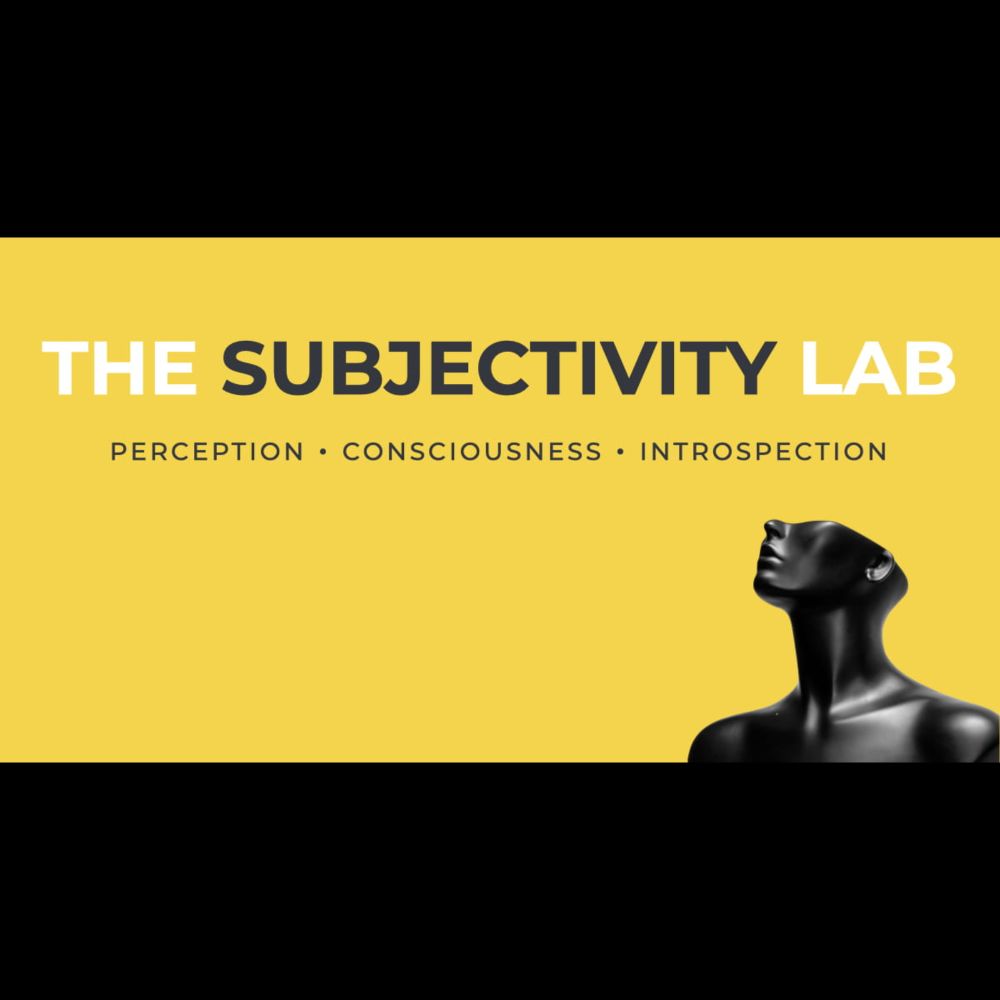Nic Porot
@nicporot.bsky.social
85 followers
51 following
19 posts
Cognitive science and philosophy at UM6P in Rabat, Morocco.
Posts
Media
Videos
Starter Packs
Reposted by Nic Porot
Nic Porot
@nicporot.bsky.social
· May 9
Nic Porot
@nicporot.bsky.social
· May 8

Nicolas Porot & Eric Mandelbaum, Belief: Dumb, Cold, & Cynical - PhilArchive
We aim to do two things in this article. On the positive end, our goal is to explain how some seemingly incompatible aspects of belief live together, by presenting distinct mechanistic ...
philarchive.org
Nic Porot
@nicporot.bsky.social
· May 8
Nic Porot
@nicporot.bsky.social
· May 8
Nic Porot
@nicporot.bsky.social
· May 8
Nic Porot
@nicporot.bsky.social
· May 8
Nic Porot
@nicporot.bsky.social
· May 8
Nic Porot
@nicporot.bsky.social
· May 8
Nic Porot
@nicporot.bsky.social
· May 8
Nic Porot
@nicporot.bsky.social
· May 8
Nic Porot
@nicporot.bsky.social
· May 8
Nic Porot
@nicporot.bsky.social
· May 8
Nic Porot
@nicporot.bsky.social
· May 8
Nic Porot
@nicporot.bsky.social
· May 8
Nic Porot
@nicporot.bsky.social
· May 8
Nic Porot
@nicporot.bsky.social
· May 8
Nic Porot
@nicporot.bsky.social
· May 8

